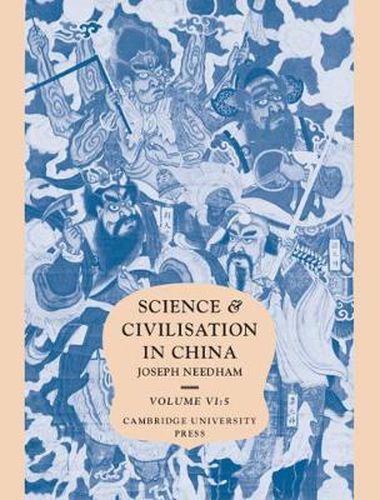Readings Newsletter
Become a Readings Member to make your shopping experience even easier.
Sign in or sign up for free!
You’re not far away from qualifying for FREE standard shipping within Australia
You’ve qualified for FREE standard shipping within Australia
The cart is loading…






Today Chinese cuisine is enjoyed in many parts of the world, yet little is known in the West about the technologies involved in making its characteristic ingredients. H. T. Huang’s book is the first history of Chinese food technology in a western language. It describes the conversion of agricultural commodities into food and drink, and explores the origins, development and scientific basis of traditional Chinese technology as applied to the processing of four food categories: the fermentation of alcoholic drinks from grains; the conversion of soybeans into soyfoods and condiments; the preservation of foods and the production of noodles, vegetable oils, malt sugar, starch, etc; and, lastly, the processing and utilisation of tea. Where possible the Chinese experience is compared with equivalent systems in the West and elsewhere. The book ends with reflections on how nature, technology and human intervention have shaped the discovery and innovation of processed foods in traditional China.
$9.00 standard shipping within Australia
FREE standard shipping within Australia for orders over $100.00
Express & International shipping calculated at checkout
Today Chinese cuisine is enjoyed in many parts of the world, yet little is known in the West about the technologies involved in making its characteristic ingredients. H. T. Huang’s book is the first history of Chinese food technology in a western language. It describes the conversion of agricultural commodities into food and drink, and explores the origins, development and scientific basis of traditional Chinese technology as applied to the processing of four food categories: the fermentation of alcoholic drinks from grains; the conversion of soybeans into soyfoods and condiments; the preservation of foods and the production of noodles, vegetable oils, malt sugar, starch, etc; and, lastly, the processing and utilisation of tea. Where possible the Chinese experience is compared with equivalent systems in the West and elsewhere. The book ends with reflections on how nature, technology and human intervention have shaped the discovery and innovation of processed foods in traditional China.